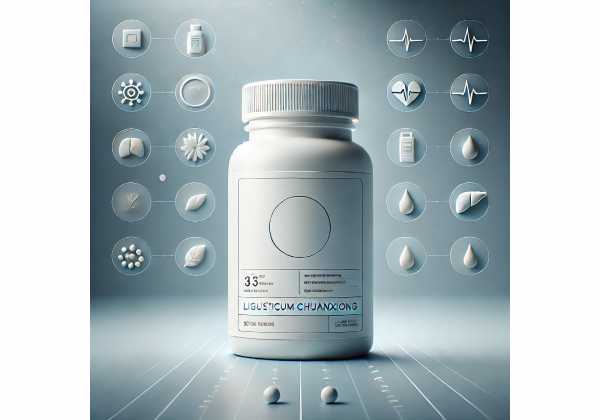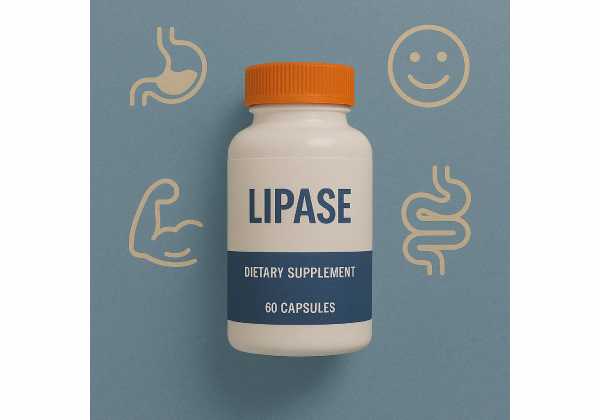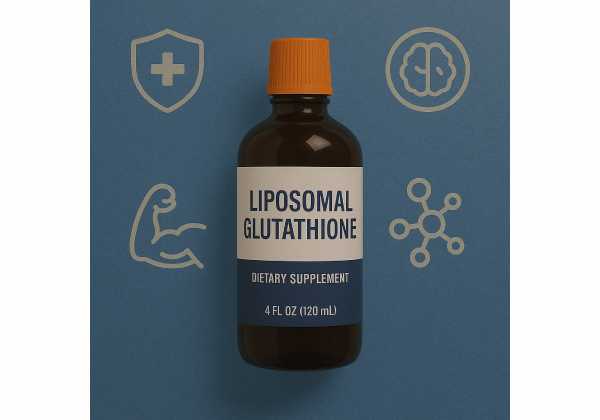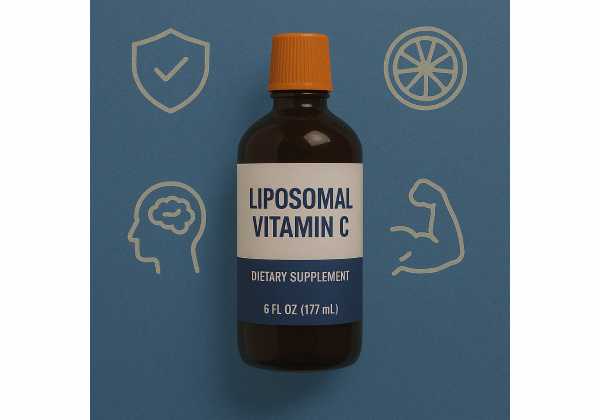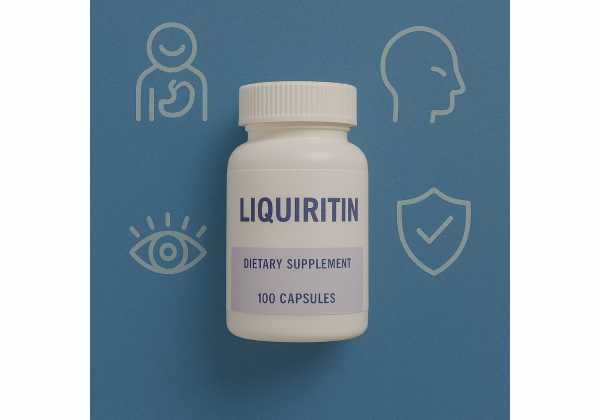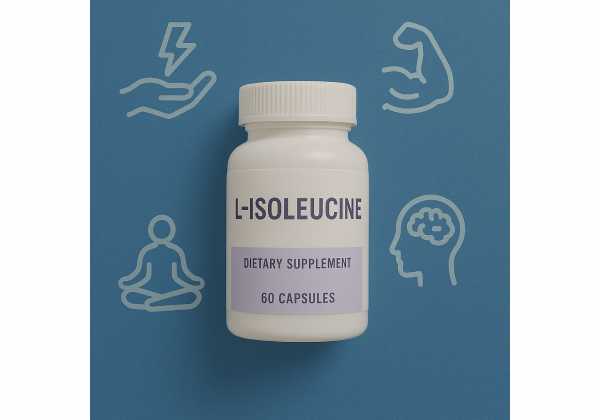Lignoceric acid: Skin Barrier Benefits, Ceramide Science, Practical Uses, Dosage Notes, and Side Effects
Lignoceric acid (also called tetracosanoic acid or C24:0) is a very long-chain saturated fatty acid that shows up in small amounts in many natural fats and in the backbone of specific skin and nerve lipids. While it is not a mainstream dietary supplement, interest in lignoceric acid has grown because of its roles in skin barrier structure (as part...
Ligusticum chuanxiong: Evidence-Based Benefits, Uses for Headaches and Menstrual Comfort, Dosage, and Side Effects
Ligusticum chuanxiong—often called chuanxiong or Szechuan lovage—is a classic herb in East Asian medicine used to “move blood,” calm headaches, and ease menstrual discomfort. Modern analyses show a rich profile of bioactives, including ligustilide (a phthalide), ferulic acid (a phenolic), and tetramethylpyrazine (a small alkaloid also known as ligustrazine). Together, these compounds appear to support vascular tone, microcirculation, platelet...
Ligusticum porteri: Traditional Respiratory Support, Evidence, Recommended Dosage, and Side Effects
Ligusticum porteri—better known as osha—has a long record of use in the Rocky Mountains and northern Mexico for seasonal respiratory complaints, throat and chest comfort, and general resilience during cold weather. The aromatic root contains phthalides (such as Z-ligustilide), phenolic acids (notably ferulic acid), and related compounds that show antioxidant, soothing, and circulation-supportive actions in laboratory and animal models....
Ligustrum lucidum Extract: Liver and Bone Support, Evidence Summary, Dosage, and Precautions
Ligustrum lucidum—better known as glossy privet fruit or Nu Zhen Zi—is a classic herb in Traditional Chinese Medicine (TCM) that has gained modern interest for immune modulation, antioxidant support, and liver protection. Extracts are typically made from the ripe fruits and standardized to triterpenoids (notably oleanolic and ursolic acids) and secoiridoids. In TCM, it is used to “nourish Liver...
Limonene: Evidence-Based Benefits, Uses in Wellness and Skincare, Dosage, and Side Effects
Limonene is a citrus-scented compound found in orange, lemon, and grapefruit peels, prized for its fresh aroma and broad utility. As a dietary supplement and functional ingredient, it appears in digestive formulas, aromatherapy blends, topical cosmetics, eco-friendly cleaners, and food flavorings. Early human research suggests limonene is absorbed and distributed in tissues, where it may influence cell signaling and...
Limonin: Antioxidant and Anti-Inflammatory Properties, Practical Uses, Dosage, and Safety
Limonin is a bioactive compound that gives some citrus fruits their characteristic bitterness. Belonging to a family of triterpenes called limonoids, it occurs naturally in oranges, grapefruits, lemons, limes, and their seeds and peels. In laboratory and animal studies, limonin shows antioxidant, anti-inflammatory, and cholesterol-modulating actions. Early human research has explored whether a standardized form—limonin glucoside—might influence markers linked...
Lingonberry extract: Oral Health Support, Blood Pressure Insights, Dosage, and Safety Considerations
Lingonberry (Vaccinium vitis-idaea) is a small, tart, evergreen berry native to boreal forests. Its bright red skins are packed with polyphenols—especially proanthocyanidins, anthocyanins, flavonols (e.g., quercetin), and phenolic acids—that give the fruit intense color and notable bioactivity. In traditional Nordic cuisines, lingonberries appear as jams, juices, and condiments; today, concentrated extracts and mouthrinses are also available. Early clinical work...
Lingzhi: Evidence-Based Benefits, How to Use It, Recommended Dosage, and Safety
Lingzhi—also known as reishi and most often identified with the species Ganoderma lucidum in supplements—is a woody, bitter mushroom long used in East Asian traditions. Modern extracts concentrate its best-studied constituents: polysaccharides (notably beta-glucans) and triterpenes (ganoderic acids). People reach for lingzhi to support immune balance, stress resilience and sleep quality, and healthy inflammation—while researchers continue to test its...
Lion’s mane mushroom extract: Science-Backed Benefits for Focus and Memory, Dosage, and Risks
Lion’s mane (Hericium erinaceus) is a distinctive white, shaggy mushroom valued both as food and as a focused extract for brain and nerve support. Modern products concentrate its signature compounds—hericenones (mostly from the fruiting body) and erinacines (mostly from mycelium)—alongside beta-glucan polysaccharides. People reach for lion’s mane to support memory, attention, mood, and sleep quality, or as a gentle...
Lipase: Digestive Enzyme Benefits, PERT Guidelines, Meal Timing, and Risks
Lipase is the fat-digesting workhorse of your digestive system. Produced mainly by the pancreas and secreted into the small intestine, lipase breaks dietary triglycerides into absorbable fatty acids and monoglycerides. When your pancreas under-delivers—as in exocrine pancreatic insufficiency (EPI) from chronic pancreatitis, cystic fibrosis, pancreatic surgery, or certain cancers—fat goes undigested, leading to bloating, cramping, greasy stools, weight loss,...
Liposomal Glutathione: Science-Backed Benefits for Immune and Redox Health, Dosage, and Risks
Glutathione (GSH) is the body’s primary intracellular antioxidant. It helps neutralize reactive oxygen species, recycles vitamins C and E, supports detoxification in the liver, and influences immune balance. Yet native oral glutathione is degraded by digestive enzymes before much reaches the bloodstream. Liposomal glutathione packages GSH inside microscopic phospholipid spheres (liposomes) that protect it through the stomach and merge...
Liposomal Vitamin C: Immune Support, Collagen Health, Dosage Ranges, and Safety Warnings
Vitamin C is essential for energy metabolism, collagen formation, antioxidant defense, and immune function. Yet the nutrient is water-soluble and tightly regulated in the body, which limits how much your tissues can use from a single dose. Liposomal vitamin C was designed to solve part of that problem: it packages ascorbic acid inside microscopic lipid vesicles (liposomes) that help...
Liquid chlorophyll: What It Is, Real Benefits and Limits, Dosage Guidelines, and Side Effects
Liquid chlorophyll has become a breakout wellness trend, yet most bottles on shelves do not contain raw plant chlorophyll. They contain chlorophyllin—a water-soluble, semi-synthetic derivative (often a sodium copper chlorophyllin complex) formulated to dissolve in water and resist rapid breakdown. Liquid chlorophyll (chlorophyllin) is promoted for skin clarity, body-odor control, digestive comfort, detox support, and more. Some of those...
Liquiritin: Skin Brightening and Antioxidant Properties, Practical Uses, Dosage Guidelines, and Side Effects
Liquiritin is a flavonoid glycoside found in licorice roots (mainly Glycyrrhiza uralensis and Glycyrrhiza glabra). Unlike glycyrrhizin—the compound in licorice most associated with blood-pressure and potassium issues—liquiritin is a polyphenol known for antioxidant, anti-inflammatory, and skin-calming activity in preclinical studies. Interest in liquiritin has grown for two practical reasons: topical use for uneven skin tone (particularly melasma) and oral...
L-Isoleucine: Muscle Energy and Glucose Support, Practical Uses, Dosage Guidelines, and Side Effects
L-isoleucine is one of the three branched-chain amino acids (BCAAs), alongside leucine and valine. It is an essential nutrient: your body cannot make it, so you must get it from food or supplements. Inside muscle, isoleucine supports energy production during effort, helps maintain blood glucose by promoting uptake and use of glucose, and contributes to recovery after hard sessions....
Litchi Extract: Proven Benefits for Exercise, Skin, and Metabolism and How to Take It Safely
Litchi extract is a concentrated preparation made from the fruit, peel, or seed of Litchi chinensis. It is prized for polyphenols—especially procyanidins and catechins—that act as antioxidants and may influence metabolism, skin microcirculation, and exercise recovery. In supplements you will most often see low–molecular-weight lychee polyphenols (sometimes marketed as “oligomerized lychee fruit extract” or branded forms like Oligonol), which...


